The Curious Tale of Williamsburg's Historic Abate Grotto
At the intersection of Woodpoint Road and Conseylea Street in Williamsburg sits a 20th century curiosity built on a tiny plot of ground with a centuries-old significance in the history of Brooklyn.

Photo by Susan De Vries
At the intersection of Woodpoint Road and Conseylea Street in Williamsburg sits a 20th century curiosity built on a tiny plot of ground with a centuries-old significance in the history of Brooklyn.
The Vito Abate grotto at 219 Woodpoint Road was built in the late 1930s as a religious shrine associated with St. Francis of Paola Church, located across the street. While the grotto isn’t particularly old, it sits at the crossroads of one of the earliest settlements in Brooklyn, Het Dorp, dating from the 1640s.
Abate was a parishioner of the church, and like many of the congregants, an Italian immigrant. Abate arrived in the U.S in the early 20th century, was quickly drafted into service in World War I and then settled in Brooklyn after the war, eventually running a small grocery with his wife Maria. He died in 1973.
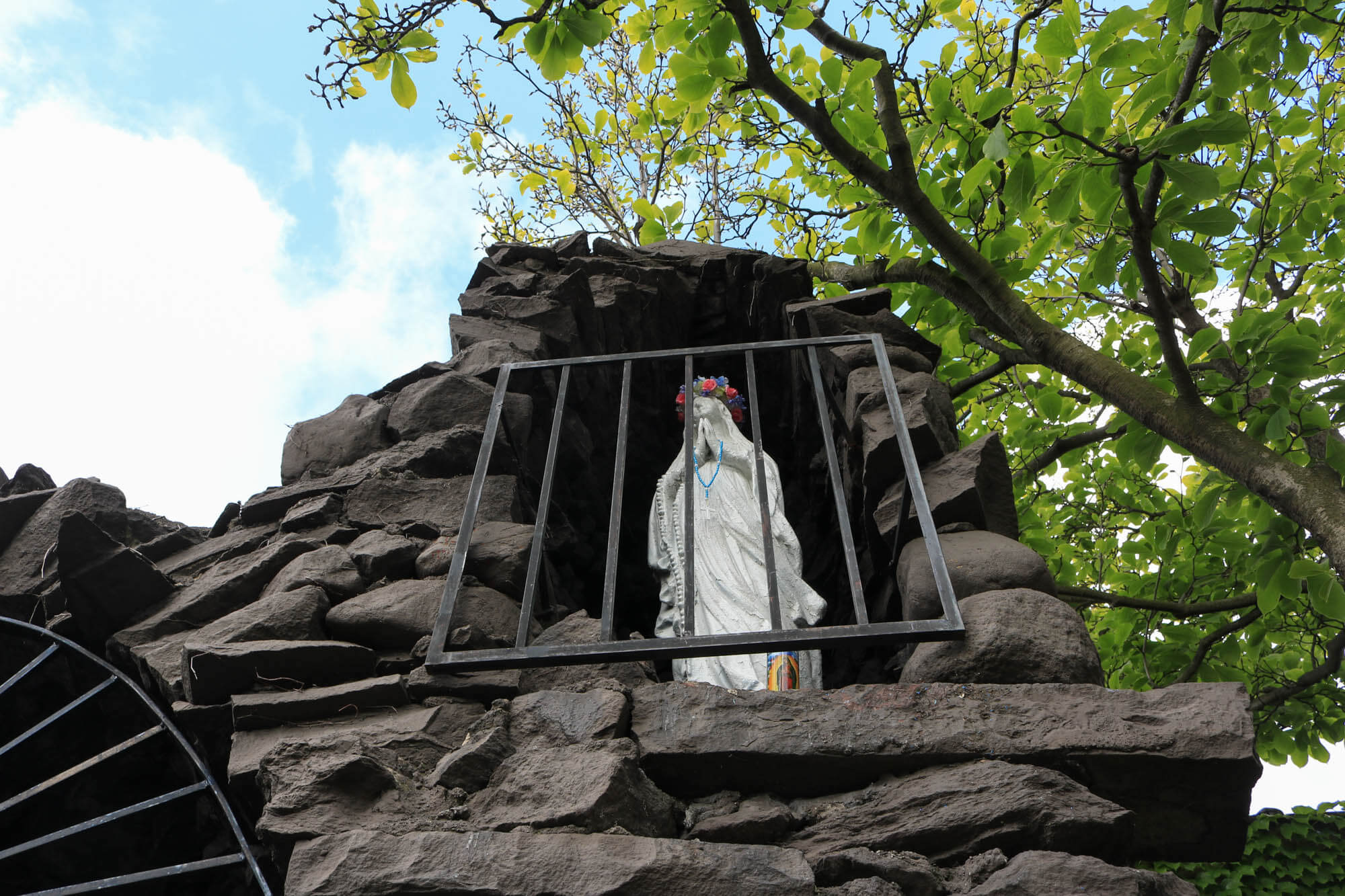
The structure that Abate created is a typical grotto: a small, man-made cave created for memorial or devotional purposes. Many grotto designs were inspired by the cave in Lourdes, France, which marks the site of a series of famous 19th century visions of the Virgin Mary, Our Lady of Lourdes.
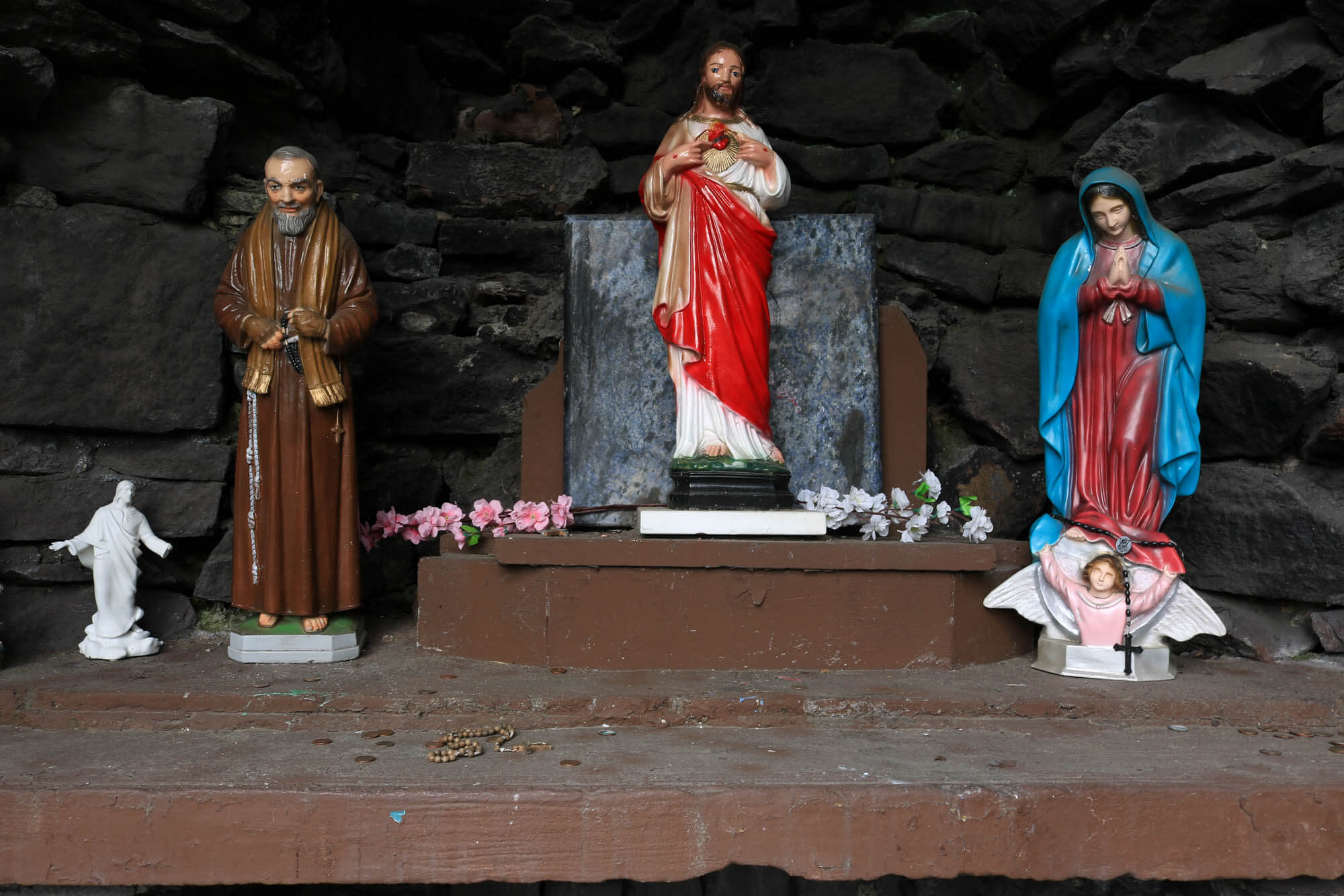
Local lore abounds in tales of the origins of the grotto. A grandson of Vito’s blogged about returning to Williamsburg and visiting the grotto and other local sites he remembered from his youth. According to him, his grandfather built the grotto in memory of his daughter Anna, who had recently passed away. Family stories tell of Vito, who suffered lifelong effects from being gassed during the war, painstakingly hauling the stones for the grotto from Manhattan. “Hunched over his little wooden wheelbarrow, he hauled six to eight stones at a time back to Brooklyn to be used to erect the structure,” the blog recalls.
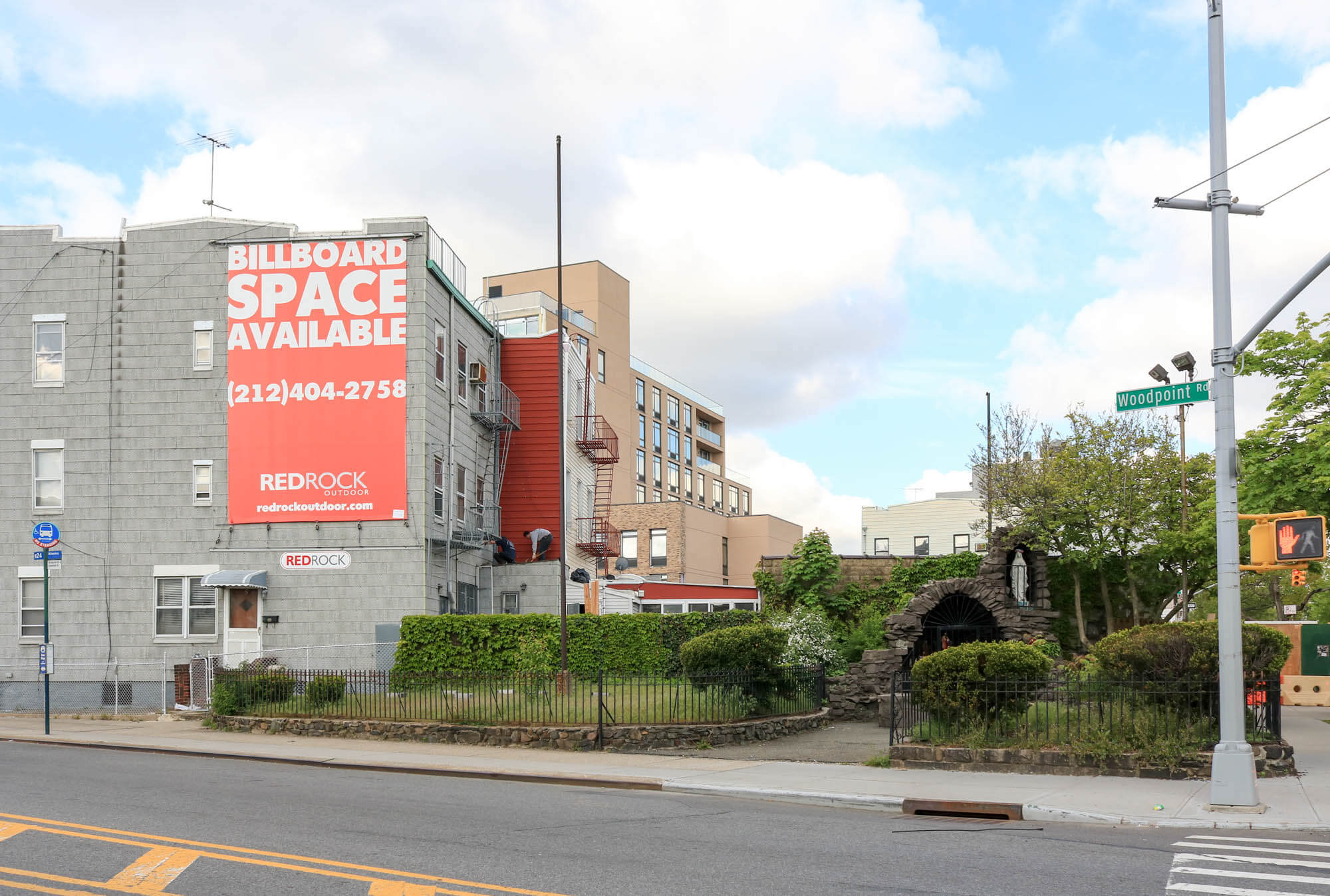
In Built With Faith: Italian American Imagination and Catholic Material Culture in New York City, author Joseph Sciorra credits Father Cyrus Tortola of St. Francis of Paola with asking Abate to build a replica of the Our Lady of Lourdes grotto on the little plot of Williamsburg ground. The stones for construction were actually gathered from the neighborhood, according to his sources — with the accompanying tall tale that the stones “were believed to be ballast from English ships.”
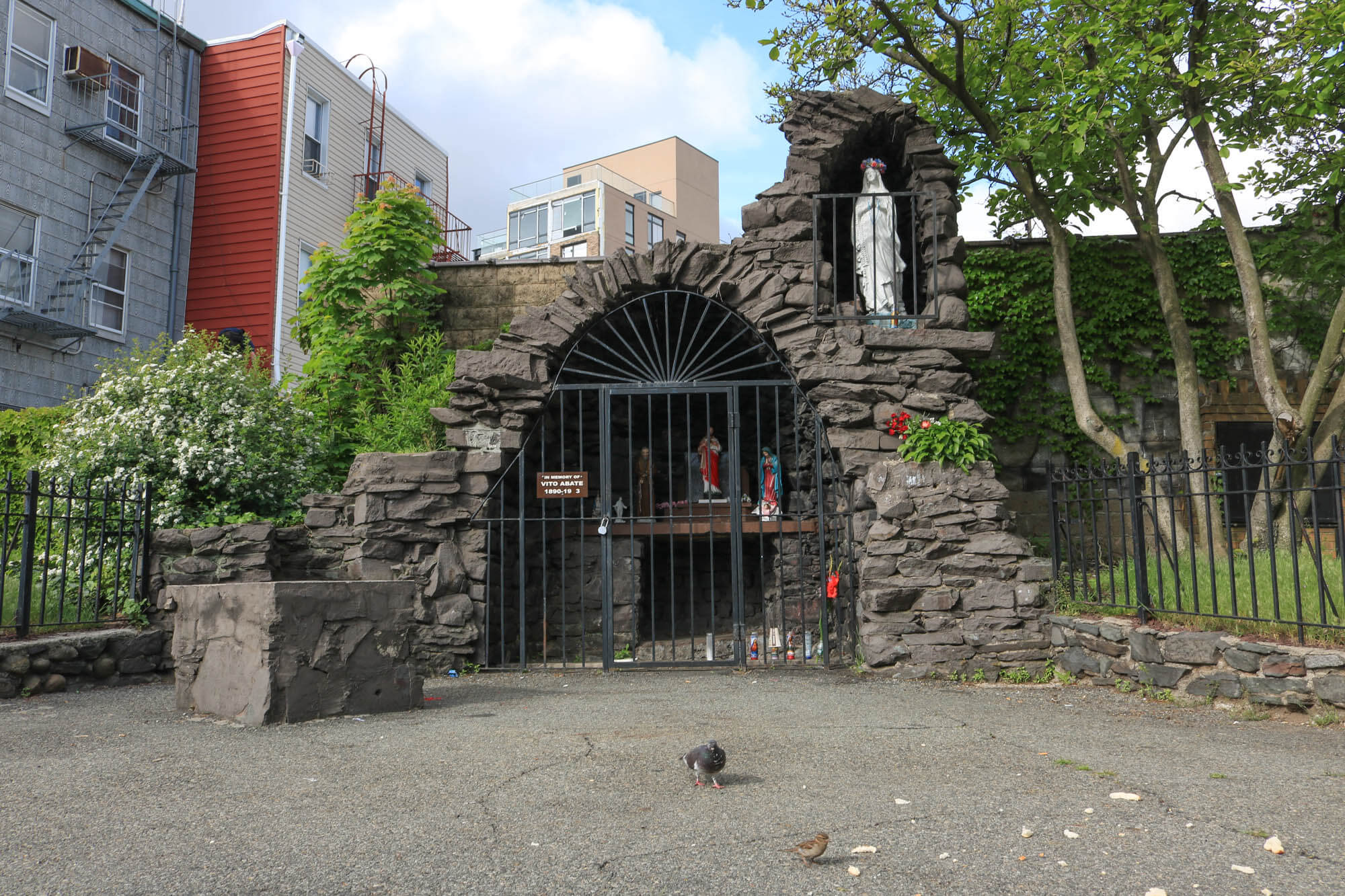
In a third version of the story, the New York City Department of Parks credits Abate and his son Vincent with construction of the grotto. Vincent, who was born in 1918 and died in 2015, attended St. Francis of Paola Church with his family and advocated for the neighborhood throughout his life.
He served on Community Board 1 for over 30 years, including a stint as chair, before stepping down in 2009. His significance to the community was recognized in 1993 with the naming of the Vincent V. Abate Playground in McCarren Park. The signage at the park mentions the grotto and Vincent’s role in building it with his father.
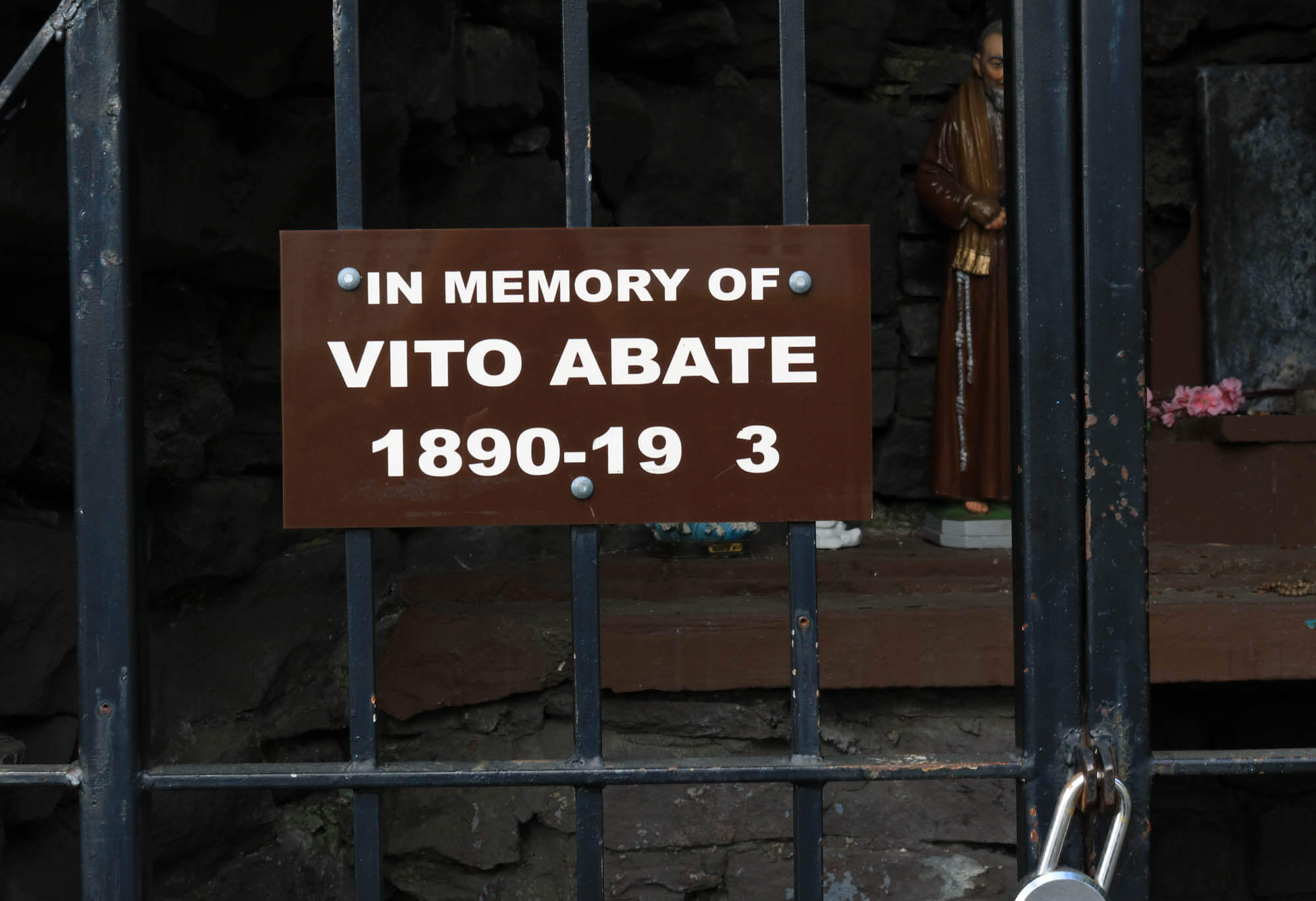
Regardless of the details, the grotto was undisputedly built by Abate on land owned then and now by St. Francis of Paola. While the grotto itself is a relatively recent addition to the history of Brooklyn, it rests on land that was once part of the 17th century center of the Town of Bushwick, or Het Dorp, as it was known by the Dutch. Settlers arrived in the 1640s and by 1661, a small town center was established with about 20 lots for houses, municipal buildings and a church.
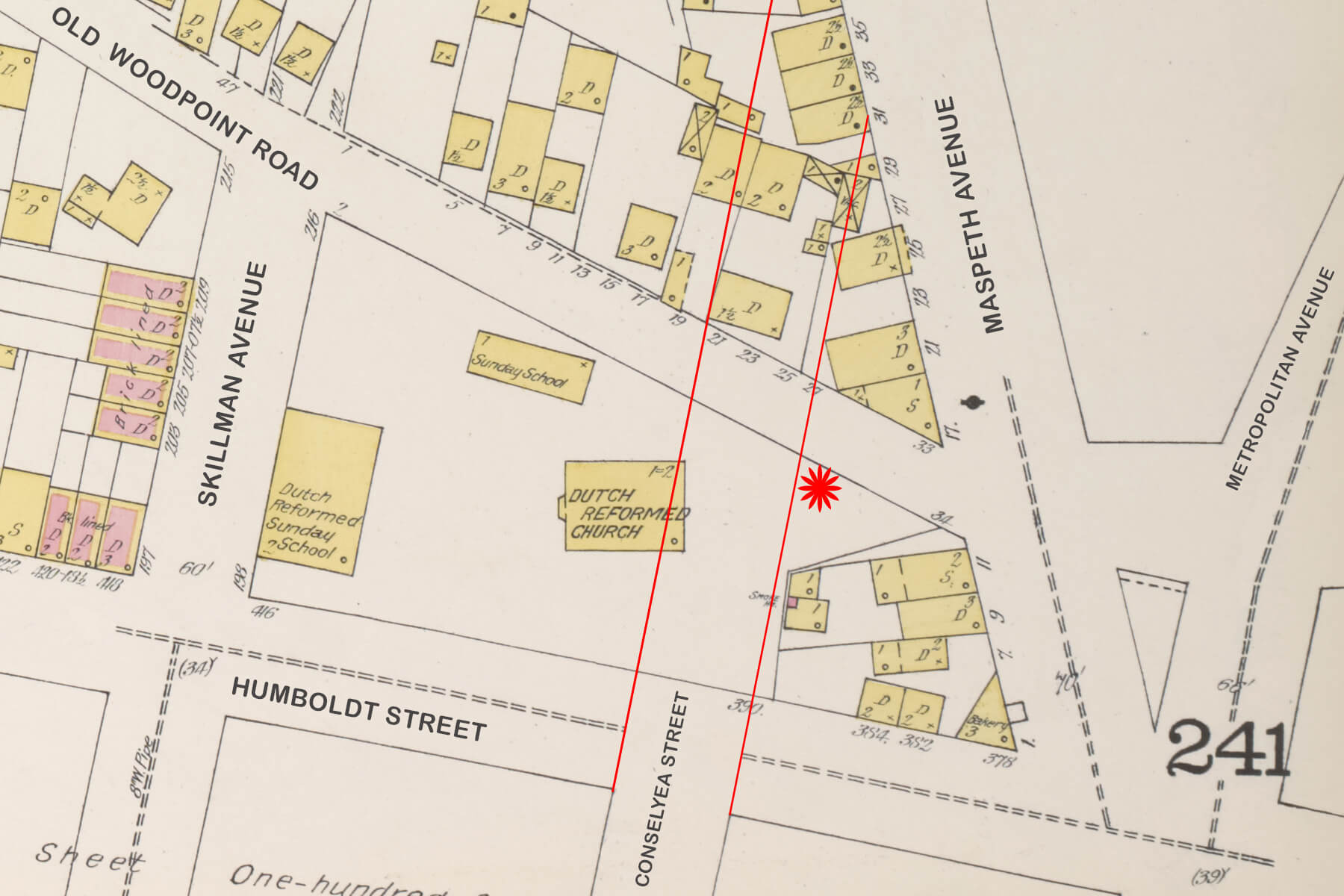
The Bushwick Dutch Reformed Church was built directly across from the grotto site in 1711. The church was replaced with a newer structure in 1829, which was itself demolished around 1910 when Conselyea Street was extended from Humboldt Street to Woodpoint Road, creating the corner of land on which the grotto would eventually be built.
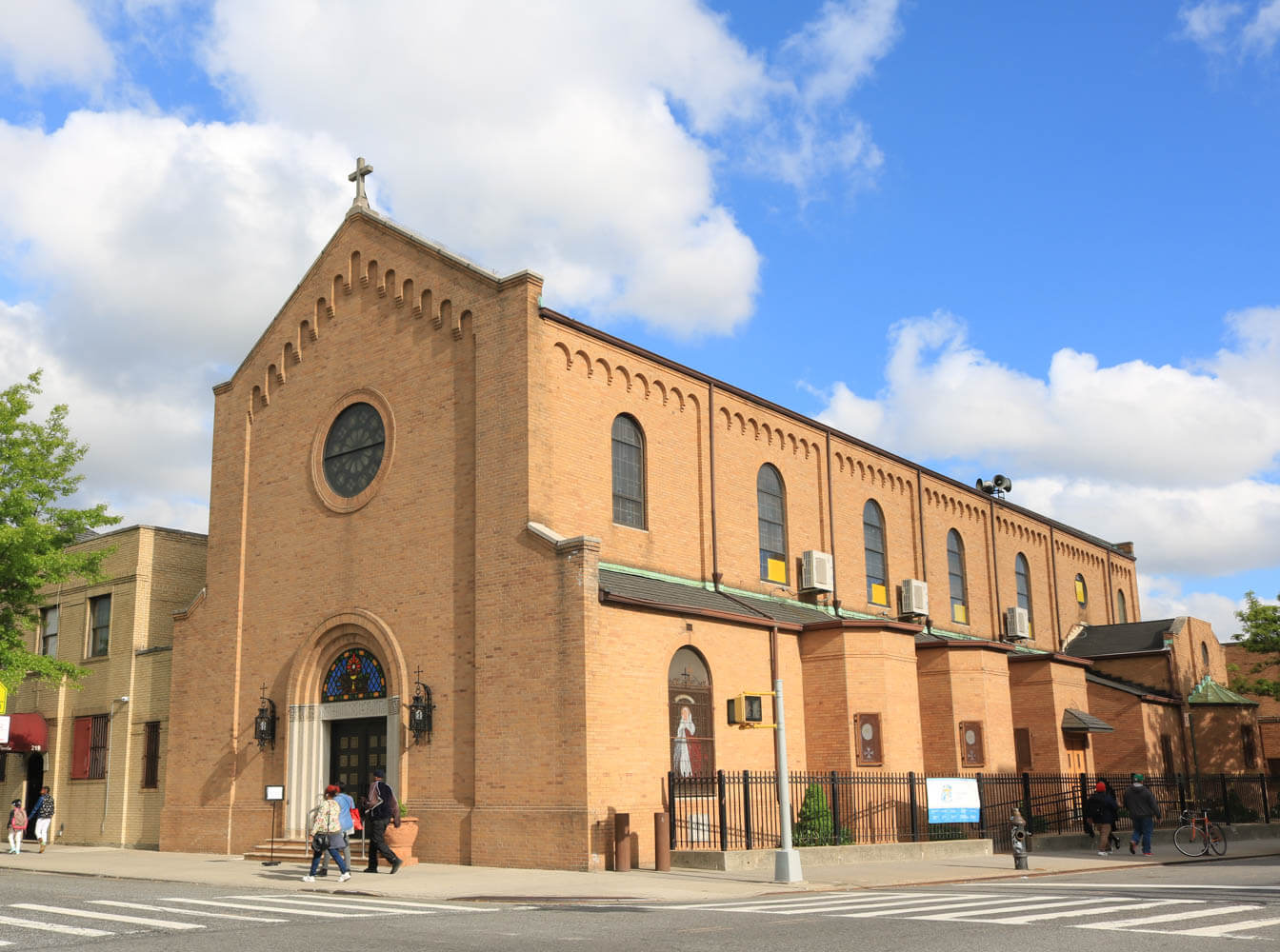
St. Francis of Paola was founded in 1918 to meet the needs of the growing Italian community. By then, the neighborhood was no longer Bushwick but known as Williamsburg.
The Catholic Church purchased portions of the former Reformed Dutch Church property and by 1923 constructed a new Catholic church at 219 Conselyea Street. That church was replaced by a larger one by 1942, which still stands across from the grotto.
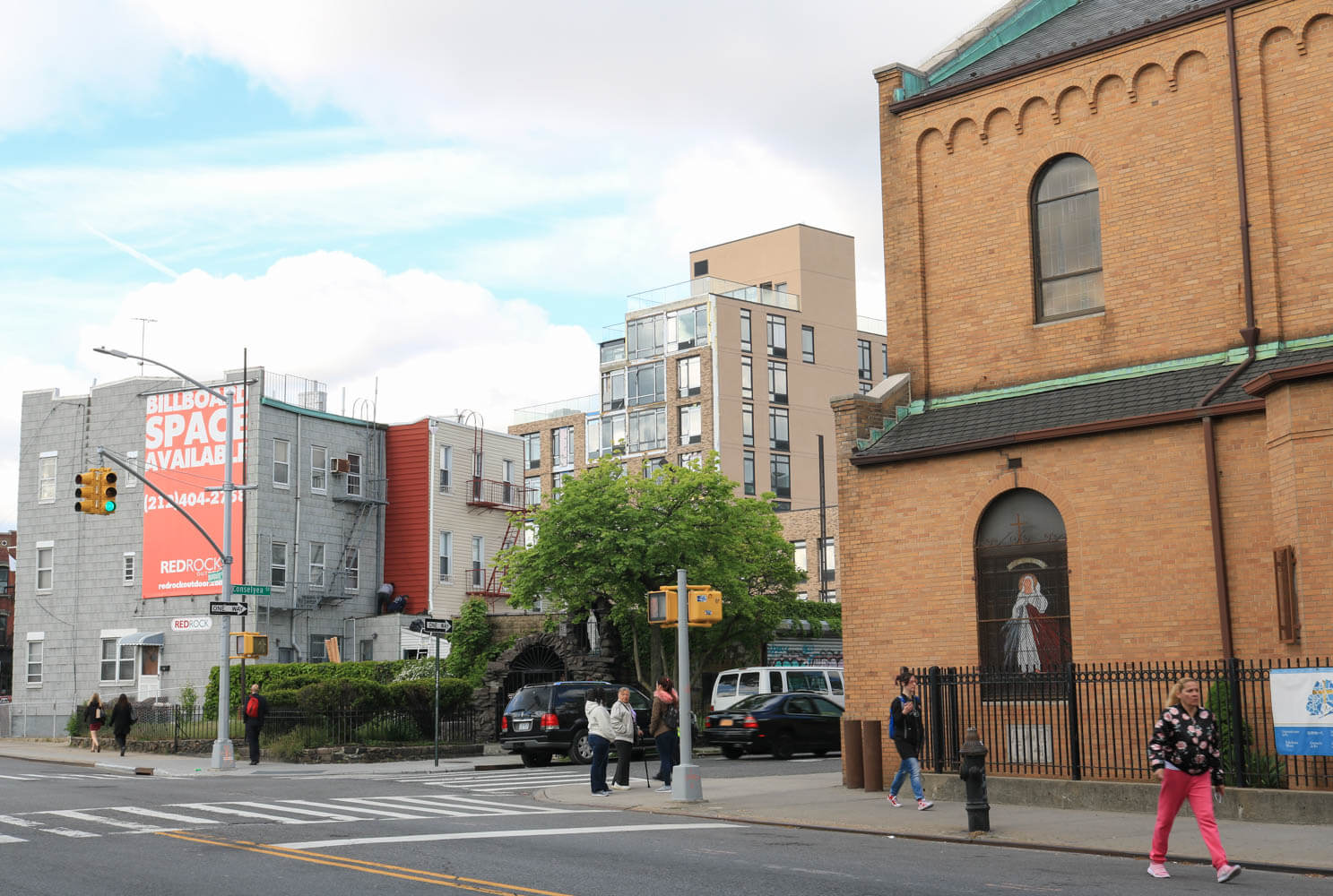
The grotto sits close to a major and historic intersection, Bushwick and Metropolitan avenues, two very old roads, and in the midst of a great deal of change. A commercial building under construction at the end of the block is just one of many new developments in the area.
While the Abate grotto has survived, another grotto was not so fortunate. Our Lady of Lourdes grotto at 2 Aberdeen Street in Bushwick was demolished in 2015.
[Photos by Susan De Vries]
Related Stories
- Beloved Century-Old Bushwick Grotto Demolished
- A Last Look at Our Lady of Loreto (Photos)
- Office Building Breaks Ground Across From Former White Castle on Maspeth in Williamsburg
Email tips@brownstoner.com with further comments, questions or tips. Follow Brownstoner on Twitter and Instagram, and like us on Facebook.


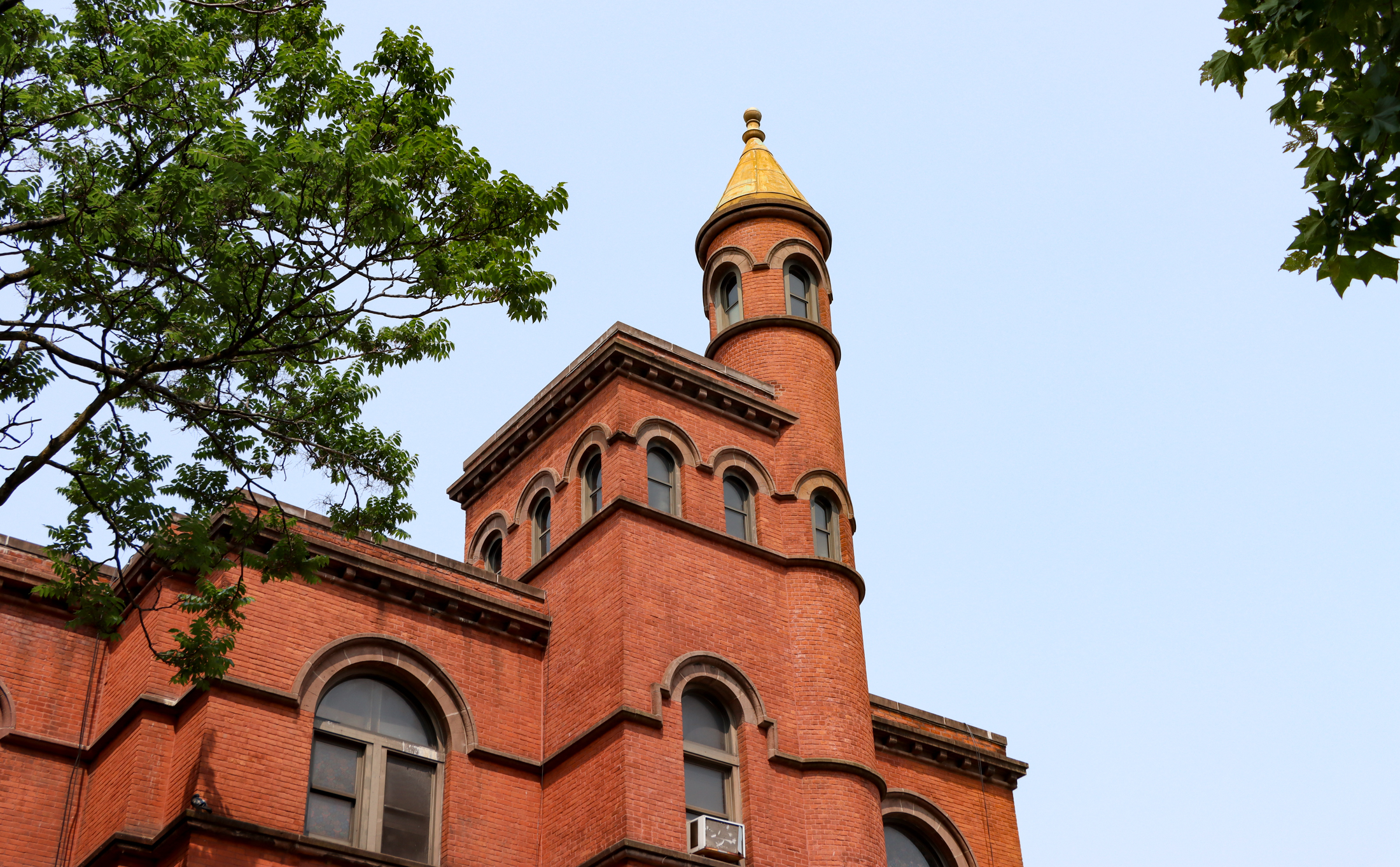
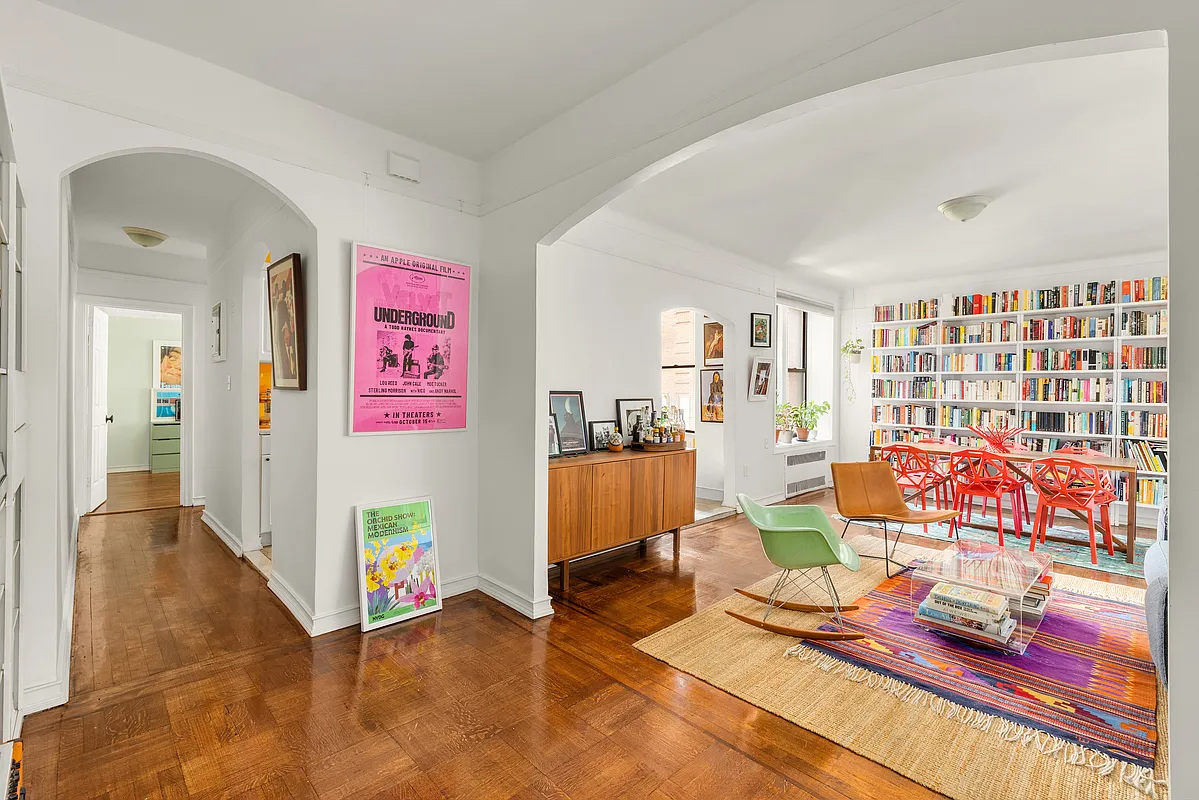
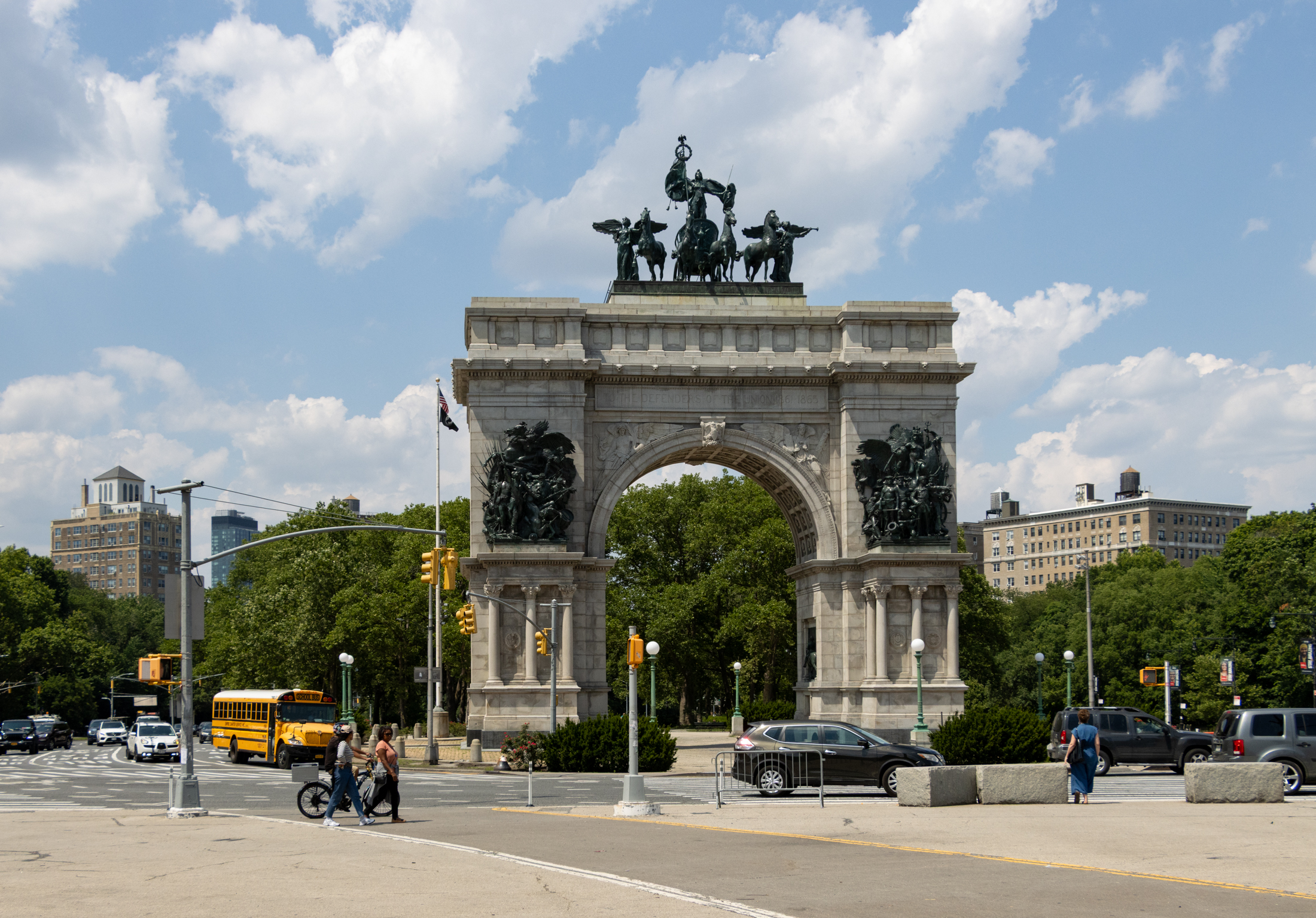
What's Your Take? Leave a Comment